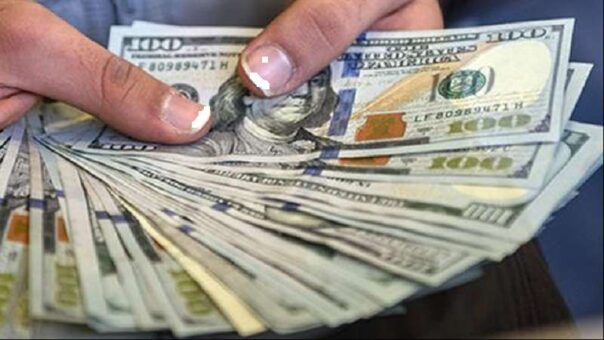The Chinese yuan saw a marginal increase against the U.S. dollar, edging up 3 pips to settle at a central parity rate of 7.1043, as reported by the China Foreign Exchange Trade System (CFETS) on Monday.
In the tightly controlled Chinese forex market, the yuan’s movements are permitted to fluctuate within a narrow band of 2 percent above or below the central parity rate set each trading day. This system of rate setting reflects China’s managed float currency regime, which aims to maintain currency stability through controlled adjustments.
The central parity rate is determined using a weighted average of prices provided by market makers before the interbank market opens each business day. This method is part of China’s broader strategy to mitigate excessive volatility and maintain economic stability.
The slight appreciation of the yuan comes amid ongoing global economic uncertainties and fluctuations in major currencies, triggered by varying monetary policies across the globe. Economists note that while the adjustment is minor, it reflects broader trends in international trade and economic policies that influence currency valuations.
The recent strengthening of the yuan against the dollar is indicative of a series of complex factors, including China’s economic recovery post-pandemic, shifts in U.S. monetary policy, and global trade dynamics,” an analyst said.
Analysts also suggest that the People’s Bank of China (PBOC) is steering the yuan cautiously amidst international pressures and opportunities. The U.S. dollar has been experiencing its own set of challenges, influenced by domestic economic indicators and Federal Reserve actions. As the U.S. navigates its inflationary pressures and interest rate adjustments, the ripple effects are felt across global currency markets, including the yuan.
Furthermore, trade relationships play a critical role in the yuan’s valuation. China’s extensive manufacturing and export base ties its currency closely to international trade flows. “China’s trade surplus and foreign direct investment inflows have a substantial impact on the yuan. As China continues to open its markets, the demand for the yuan internationally helps bolster its strength against the dollar,” stated Dr. Cheng.
However, not all responses to the yuan’s rise are positive. Exporters in China face cost pressures when the yuan strengthens, as their products become more expensive for foreign buyers. Conversely, a stronger yuan benefits importers and Chinese consumers by making foreign goods and services cheaper.
Looking ahead, market observers are closely monitoring how China manages its currency amidst potential economic slowdowns and continuing tensions with major trading partners, particularly the United States. The PBOC’s actions will likely remain cautious and calculated, aimed at fostering a stable economic environment conducive to sustainable growth.
As the global economic landscape continues to evolve, the yuan’s performance against the dollar will be a key indicator of China’s economic health and its ability to navigate complex international waters. Investors and policymakers alike will be watching closely to see how the interplay between national economic policies and global market forces shapes the yuan’s trajectory in the coming months.
